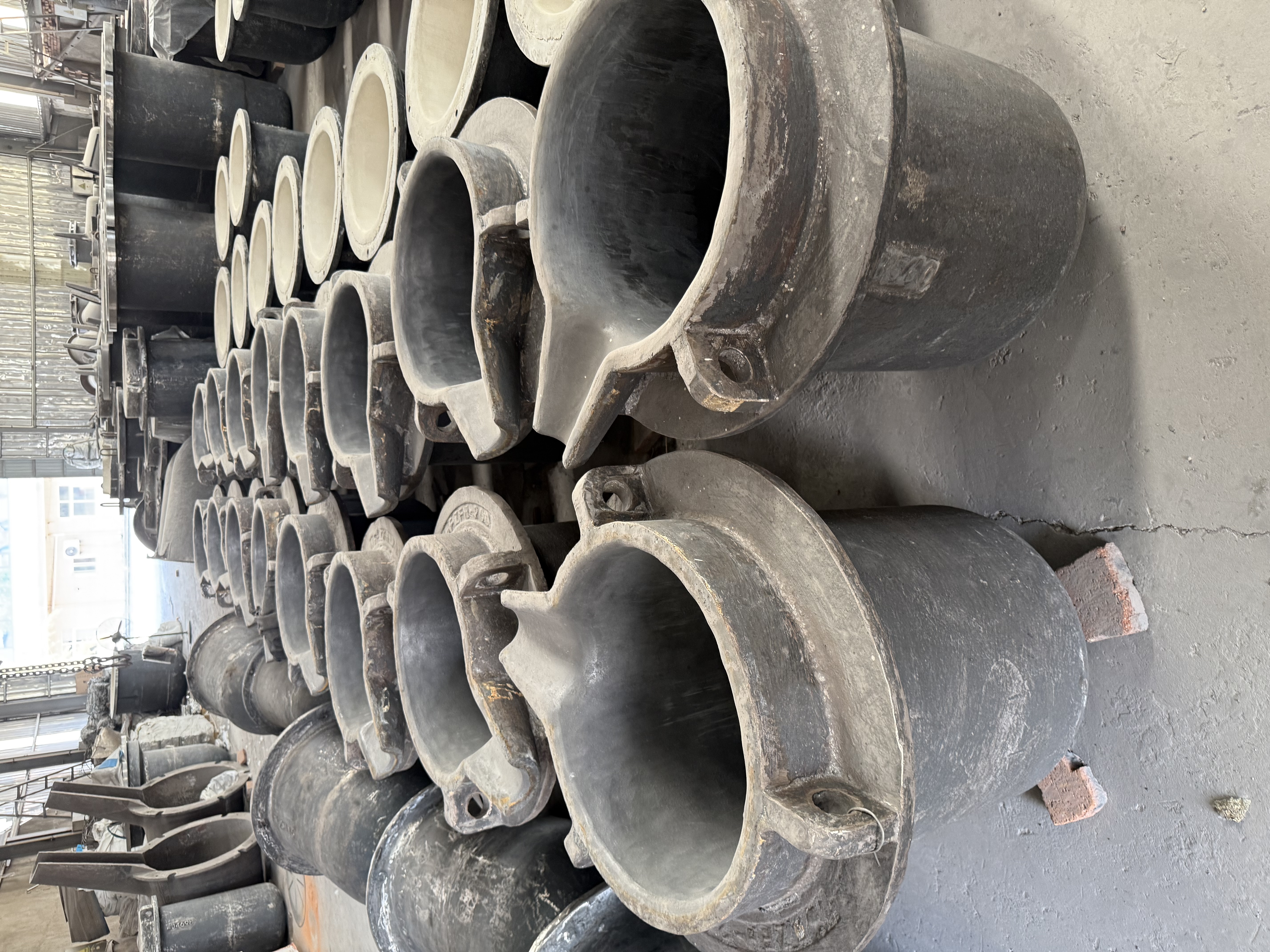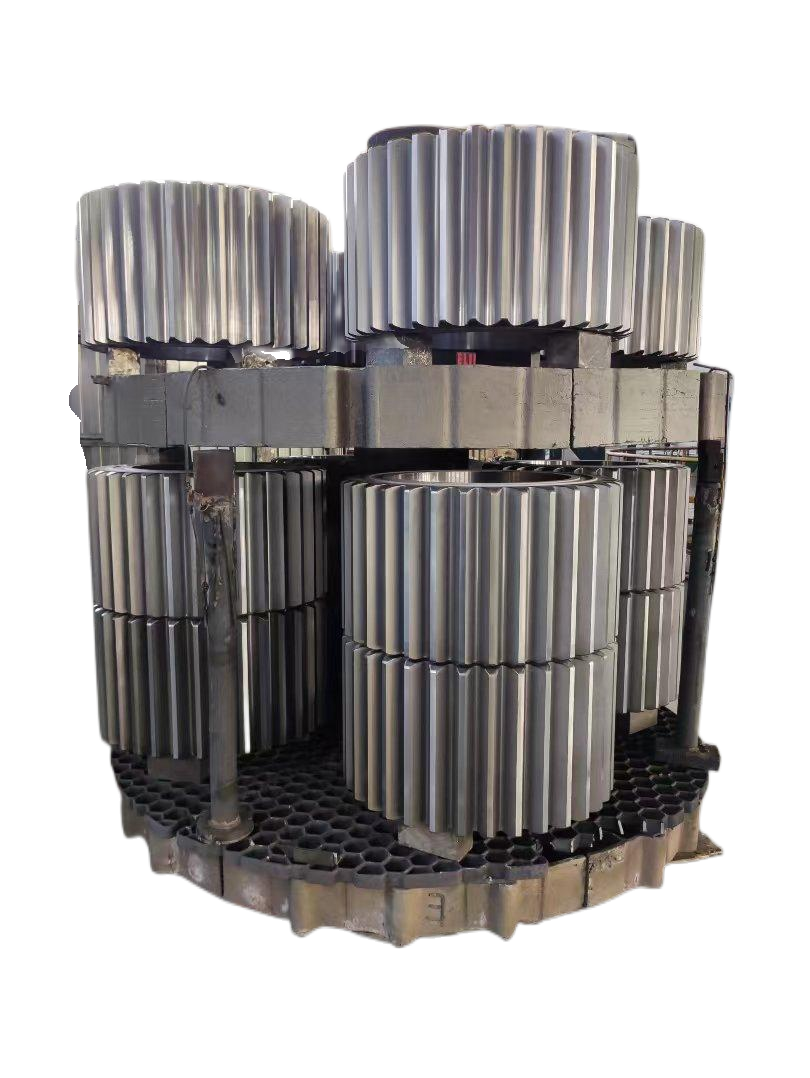surface heat treatment
Surface heat treatment is a sophisticated metallurgical process that enhances the physical and mechanical properties of metallic materials through controlled heating and cooling procedures. This critical manufacturing technique focuses on modifying the surface layer of metals while maintaining their core properties intact. The process involves precise temperature control, specific heating methods, and carefully timed cooling phases to achieve desired material characteristics. The treatment can be applied through various methods, including flame hardening, induction heating, nitriding, and carburizing, each serving specific industrial requirements. These processes create a harder, more wear-resistant surface while maintaining a relatively ductile core, which is essential for components subjected to high stress and wear. The technology finds extensive applications across multiple industries, including automotive manufacturing, aerospace components, industrial machinery, and tools production. Modern surface heat treatment techniques incorporate advanced temperature monitoring systems and automated process control, ensuring consistent quality and reproducible results. This versatile process can be customized to meet specific requirements for surface hardness, wear resistance, and fatigue strength, making it an indispensable part of modern manufacturing processes.

